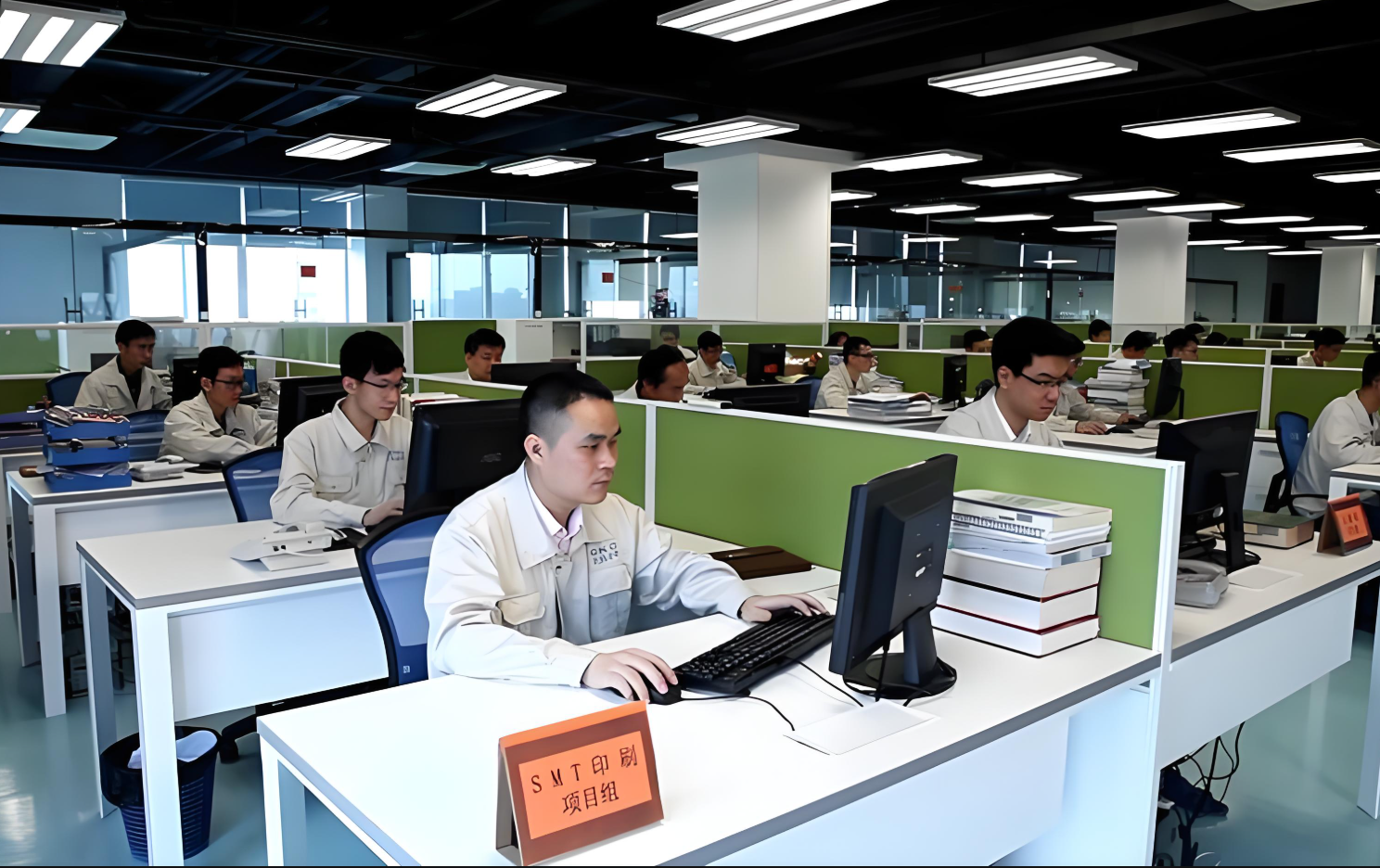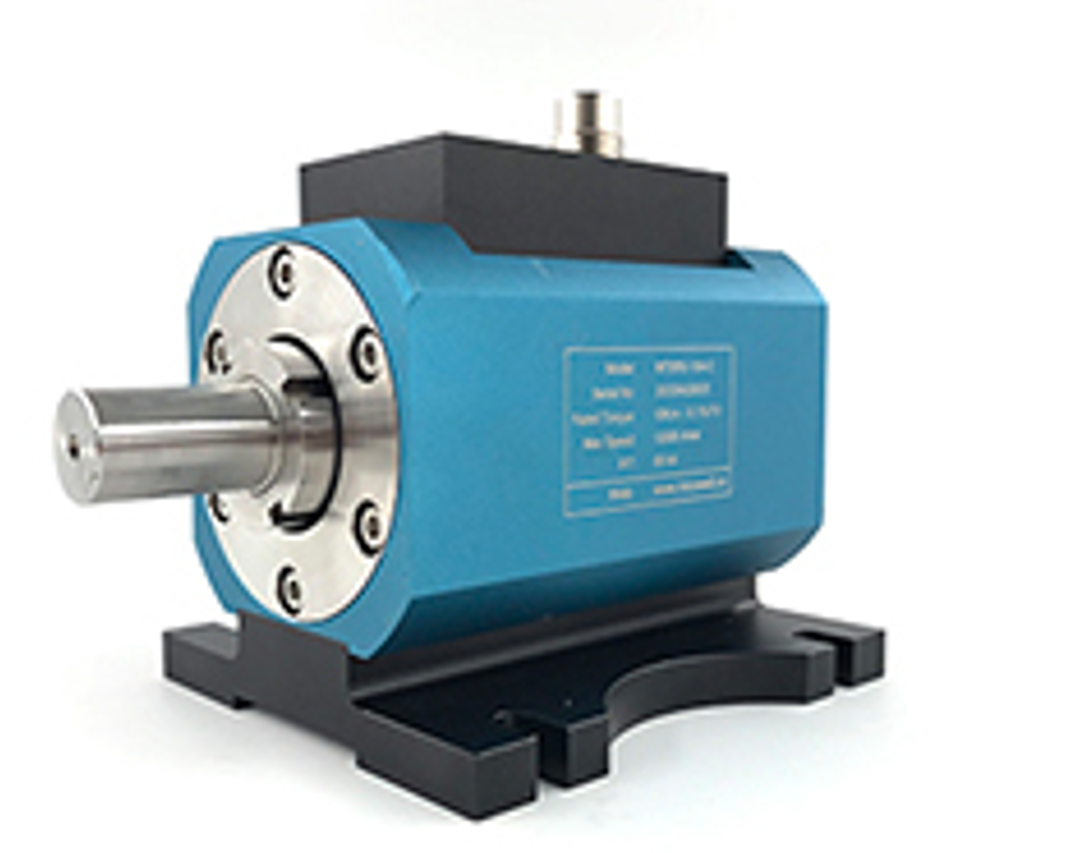In the heart of every humming factory, beneath the roar of machinery, lies a silent hero: the electric motor. These unassuming workhorses power everything from assembly lines to wind turbines, yet their performance often remains an afterthought—until something goes wrong. Enter advanced motor testing systems, the unsung champions of modern industry, combining cutting-edge technology with data-driven insights to keep the wheels of progress turning smoothly.
WHY MOTOR TESTING MATTERS MORE THAN EVER BEFORE
Industrial motors account for nearly 45% of global electricity consumption. A single malfunctioning motor in an automotive plant can halt production lines, costing millions per hour. Traditional testing methods, while functional, often resemble using a stethoscope in an age of MRI scanners. Modern systems have evolved into comprehensive diagnostic platforms that:
🔍 Detect microscopic winding defects invisible to conventional tests
📊 Predict maintenance needs with 98.7% accuracy using machine learning
⚡ Analyze energy efficiency patterns in real-time operations
🌡️ Monitor thermal behavior across 32+ critical points simultaneously
The latest generation of testing suites goes beyond basic functionality checks, employing:
1. Impulse Resonance Analysis (IRA): Like giving motors an \"EKG,\" this technique identifies mechanical stress patterns through controlled vibration frequencies.
2. Dynamic Partial Discharge Measurement: Using ultra-sensitive sensors to detect insulation breakdown risks years before failure occurs.
3. AI-Powered Performance Benchmarking: Comparing real-time data against global motor databases spanning 15+ industries.
REAL-WORLD IMPACT: CASE STUDIES THAT SPEAK VOLUMES
Aerospace Manufacturing Breakthrough
LockFly Industries reduced motor-related downtime by 62% after implementing the MTS-9000 Quantum testing platform. Their quality control team now identifies potential bearing failures 8 months in advance, allowing strategic part replacements during scheduled maintenance.
Wind Energy Revolution
Offshore wind farm operator BlueTide Energy boosted turbine availability by 41% using mobile motor testing units. By analyzing generators in harsh marine environments, they've extended maintenance intervals from 6 to 18 months while maintaining 99.4% operational reliability.

THE HUMAN ELEMENT: EMPOWERING TECHNICIANS, NOT REPLACING THEM
Contrary to fears of automation displacing workers, advanced testing systems have created new hybrid roles:
Diagnostic Analysts: Experts who interpret multidimensional data streams to make strategic maintenance decisions.
motor winding tensioner : Professionals managing AI recommendations while accounting for operational realities.
Remote Testing Specialists: Technicians conducting virtual inspections across global facilities through IoT-connected systems.
TRAINING THE NEXT GENERATION
Leading universities now integrate motor testing simulations into engineering curricula. Students at MIT's Industrial Automation Lab recently developed an algorithm that reduced false positives in motor failure predictions by 33% using real-world testing data.

BEYOND INDUSTRY: UNEXPECTED APPLICATIONS
These systems are transforming unexpected sectors:
Medical Technology: Ensuring precision in MRI machine motors down to 0.001mm vibration tolerances.

Agriculture: Monitoring irrigation pump motors across 500-acre smart farms through satellite-linked sensors.
Space Exploration: NASA's Mars rovers use miniaturized testing systems to self-diagnose motor health in extreme conditions.
INNOVATION HORIZONS: WHAT'S NEXT?
Emerging technologies promise to revolutionize testing further:
Graphene-Based Sensors: Providing 1000x more detailed thermal mapping.
Quantum Computing Integration: Solving complex motor behavior models in seconds rather than hours.
Holographic Interface Systems: Allowing technicians to \"walk through\" 3D motor health visualizations.
MAKING THE TRANSITION: IMPLEMENTATION STRATEGIES
For companies considering adoption:
Start with pilot programs focusing on critical assets
Invest in cross-departmental training initiatives
Leverage phased implementation over 12-18 months
Utilize government sustainability grants available in 26 countries
Industry leaders like Siemens and GE Digital report average ROI periods of 8-14 months, with long-term maintenance cost reductions exceeding 70%.
THE SUSTAINABILITY CONNECTION
Modern testing systems contribute directly to UN Sustainable Development Goals by:
Reducing industrial energy waste by up to 28%
Preventing 450,000+ tons of motor-related e-waste annually
Enabling circular economy practices through component-level repair guidance
VOICES FROM THE FIELD
\"These systems haven't just changed how we work—they've transformed how we think about equipment longevity,\" says Lena Kovac, Chief Engineer at Budapest AutoWorks. \"We're no longer firefighters; we're preventative care physicians for machinery.\"
YOUR COMPETITIVE EDGE
In an era where 68% of manufacturers cite equipment reliability as their top challenge, advanced motor testing systems represent more than technology—they embody operational resilience. Companies embracing these solutions report:
22% faster production speeds
35% reduction in unscheduled downtime
17% improvement in product quality consistency
FUTURE-PROOFING INDUSTRY
As motors grow smarter—with embedded IoT capabilities and self-healing materials—testing systems evolve in tandem. The next decade will see autonomous inspection drones conducting airborne motor diagnostics and blockchain-based maintenance records ensuring audit-proof compliance.
CONCLUSION: THE SILENT REVOLUTION CONTINUES
While flashy technologies often dominate headlines, advanced motor testing systems work quietly in the background—the digital guardians of industrial productivity. They represent that rare convergence where cutting-edge innovation meets practical necessity, where data transforms into actionable wisdom, and where machines help us build a more efficient, sustainable world.
The question for industry leaders isn't whether to adopt these systems, but how quickly they can harness their transformative potential. After all, in the race for industrial excellence, every revolution counts—especially those happening silently inside your motors.
